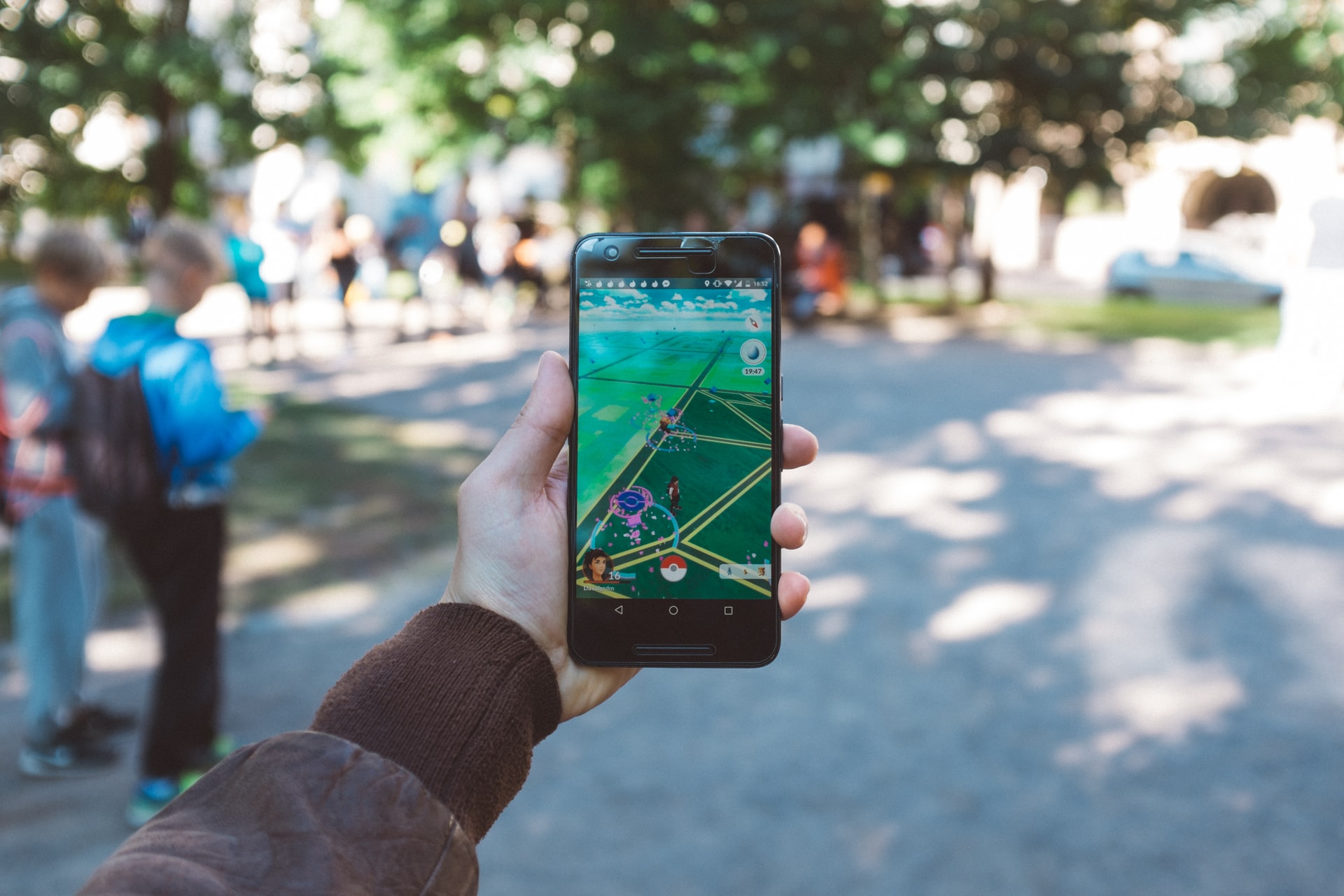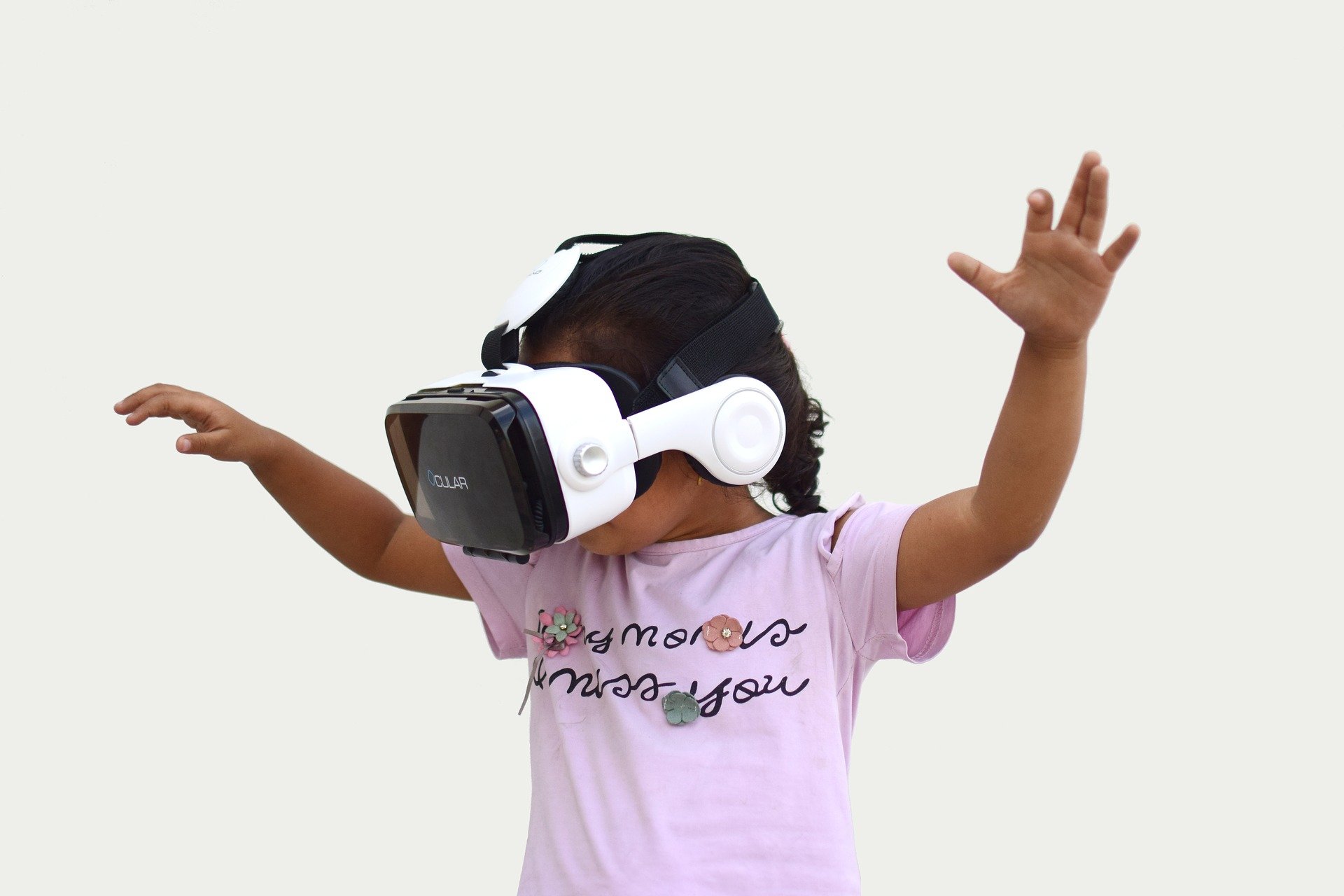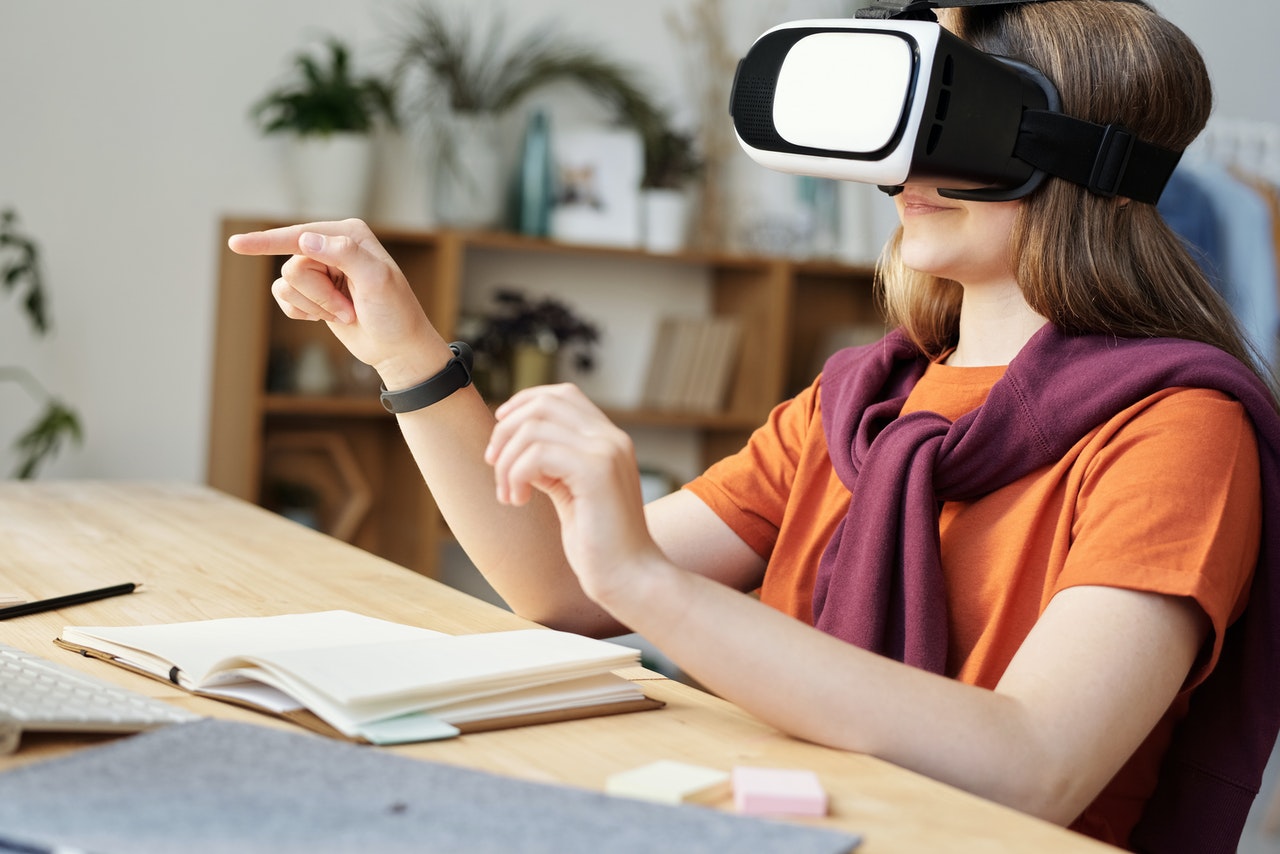Schools Are Turning to Virtual Doctors for Sick Kids

In today’s economic climate, it is common for both parents to work. When a child gets sick at school one of the parents must fetch the child and arrange a doctor’s appointment, which may not be possible on the same day – there goes two days off work for the parent.
In winter months and in families with more than one child in school, this situation can happen multiple times: unacceptable for employers and a nightmare for parents.
Enter the digital age and the arrival of the virtual doctor.
Advances in technology have made it possible for a sick child at school to be accessed via a video conference with a doctor. The remote diagnosis and treatment of patients is called telemedicine.
These virtual doctor consultations are assisting school nurses in their jobs. Now a school nurse can consult a doctor about a child who has fallen ill at school. The child can be in front of a screen and a physician can question and examine the child.
The examination is facilitated by otoscopes and stethoscopes connected to a computer. This allows the physician to examine a child’s ears, nose, throat, and heartbeat virtually.
With the stethoscope and otoscope being connected, what the doctor sees, also shows on the monitor at the school.
The advent of telemedicine holds many benefits.
Getting an early diagnosis as soon as a child starts feeling ill facilitates early recovery. The child can get started on prescription medication immediately if necessary.
However, there are conditions that can’t be properly examined through a virtual consultation. For instance, a condition that necessitates a physical exam, like a stomachache, can’t be examined remotely. The condition requires a physical examination by a physician.
Telemedicine has been shown to be effective for more than diagnosing colds and fevers, though. The technology is also able to address serious mental issues at schools. A virtual visit with a behavioral health expert has been shown to flag students who need psychiatric services.
A telemedicine program by Texas Tech University Health Science Center was launched in 2012 after the Sandy Hook Elementary School massacre. The program is operational in 11 school districts in Lubbock and surroundings.
The program has seen around 34,000 middle and high school students and around 3,400 of them received counseling afterwards. What’s more, about 300 of them were found in need of psychiatric care.
That’s not all – 25 students were removed from school because they showed signs of being at high risk of suicidal or homicidal actions.
Another positive outcome of the telemedicine is that it is able to reach underserved children as well. As part of a school system that has a telemedicine agreement, children who might not have been able to see a doctor, now can.
One project trialed telemedicine service in schools in urban Kansas City. Many inner-city children were excluded from proper healthcare and this project helped to turn that around.
In some school districts, service providers extend their services to staff and teachers as well, so they don’t need to leave the school so consult a doctor when they feel under the weather.
However, these programs are not fully established yet and some problems remain, one being how to fund the service.
Schools are not always able to fund them, or fund them to the same extend every year. Solutions range from private health insurance, Medicaid, grants, to families the pay directly. For telemedicine to reach its full potential, ways to fund the service will have to be found.






